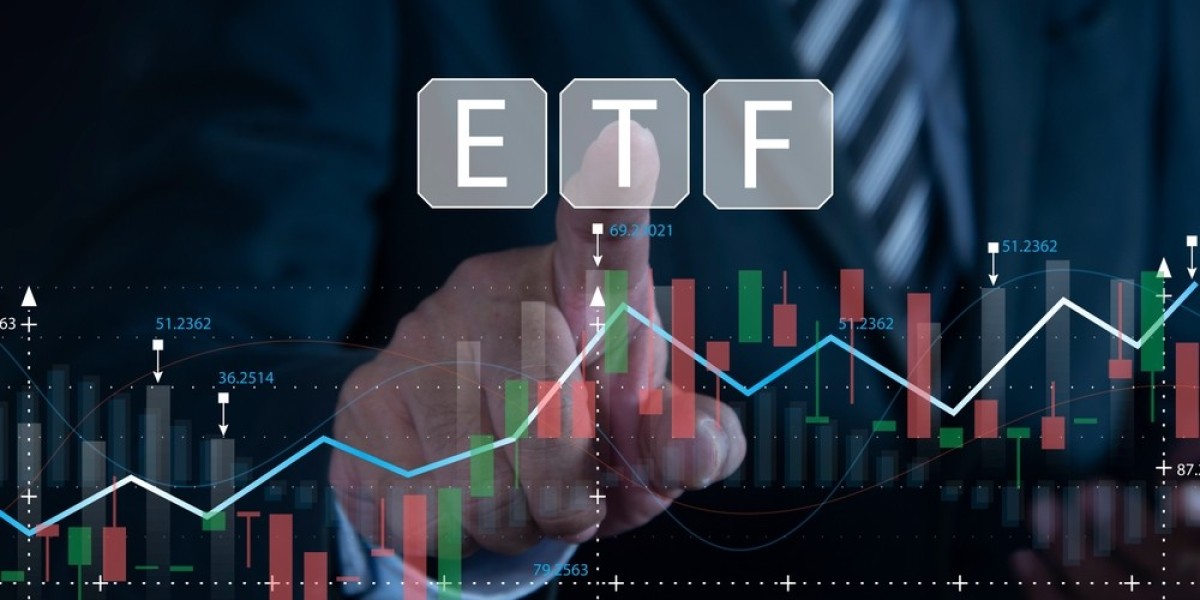Know about the ETFs investment
Exchange-traded funds (ETFs) have become a popular investment vehicle for new and seasoned investors. They offer the diversification of mutual funds with the flexibility of stocks, making them a compelling option for a wide range of investment strategies. As the ETF market has evolved, so has the variety of ETFs available, allowing investors to target specific sectors, markets, or investment objectives. This article explores a few different types of ETFs to help you understand how they can fit into your individual investment portfolio.
Equity ETFs
Equity ETFs provide exposure to a basket of stocks and can be broad-based, focusing on specific sectors or market capitalization. Here are a few examples:
Broad Market ETFs: These aim to replicate the performance of an entire stock market index, such as the S&P 500. Examples include SPDR S&P 500 (SPY) and Vanguard Total Stock Market ETF (VTI).
Sector and Industry ETFs: These focus on specific economic sectors, such as technology or healthcare.
Market Cap ETFs: These are categorized by the size of the companies they include, such as large-cap, mid-cap, and small-cap ETFs.
Bond ETFs
Bond ETFs invest in fixed-income securities, such as government bonds, corporate bonds, and municipal bonds. These ETFs provide a convenient way to diversify a portfolio with fixed income, which can offer stability and income, particularly during periods of stock market volatility.
Government Bond ETFs: These ETFs invest in bonds issued by governments, such as U.S. Treasuries. They are considered low-risk investments, offering safety and modest returns.
Corporate Bond ETFs: These ETFs invest in corporate-issued bonds, offering higher yields but with higher credit risks.
Municipal Bond ETFs: ETFs invest in bonds issued by states, municipalities, or counties, with interest often exempt from federal and sometimes state and local taxes, appealing to tax-conscious investors.
Commodity ETFs
Commodity ETFs provide exposure to physical commodities such as gold, oil, or agricultural products and are popular among investors looking to hedge against inflation, diversify their portfolios, or speculate on price movements in the commodities markets.
Precious Metals ETFs: These invest in metals like gold trading online, silver, platinum, and palladium, providing a safe-haven investment during times of economic uncertainty.
Energy ETFs: Focused on energy commodities like oil, natural gas, and coal, can be quite volatile due to fluctuations in global energy prices.
Agricultural ETFs: These provide exposure to commodities like wheat, corn, and soybeans, offering a way to diversify a portfolio and hedge against inflation.
International ETFs
International ETFs allow investors to gain exposure to markets outside of their home country. These ETFs can be broad-based, covering entire regions or countries, or they can focus on specific sectors within those markets.
Global ETFs: These ETFs invest in a wide range of stocks from various countries around the world, offering a way to diversify across global markets.
Regional ETFs: These ETFs focus on specific geographic regions, such as Europe, Asia, or emerging markets. They allow investors to target regions with strong growth potential or diversify away from domestic markets.
Country-Specific ETFs: These ETFs focus on individual countries, providing targeted exposure to a single nation's stock market. They are useful for investors who want to capitalize on the economic growth of a specific country.
Smart Beta ETFs
Smart Beta ETFs aim to outperform traditional indexes by using alternative weighting strategies to capture factors like value, momentum, and low volatility.
Factor-Based ETFs: These target specific investment factors like value, momentum, and low volatility. Examples include iShares Edge MSCI USA Value Factor ETF (VLUE) and Invesco S&P 500 Low Volatility ETF (SPLV).
Multi-Factor ETFs: These combine several factors into one strategy, aiming to provide a diversified approach to capturing various sources of return. Examples include Goldman Sachs ActiveBeta U.S. Large Cap Equity ETF (GSLC) and iShares Edge MSCI Multifactor USA ETF (LRGF).
Conclusion
ETFs offer a versatile and accessible way to build a diversified investment portfolio. With so many types of ETFs available, from broad market and sector-specific funds to more niche options like thematic and leveraged ETFs, investors have a wealth of choices to suit their individual goals and risk tolerance. Whether you're looking for stability with bond ETFs, growth with equity ETFs, or targeted exposure with thematic ETFs, there's likely an ETF that fits your needs. As with any investment, it's essential to do your research and understand the specific characteristics and risks of each ETF before investing.









